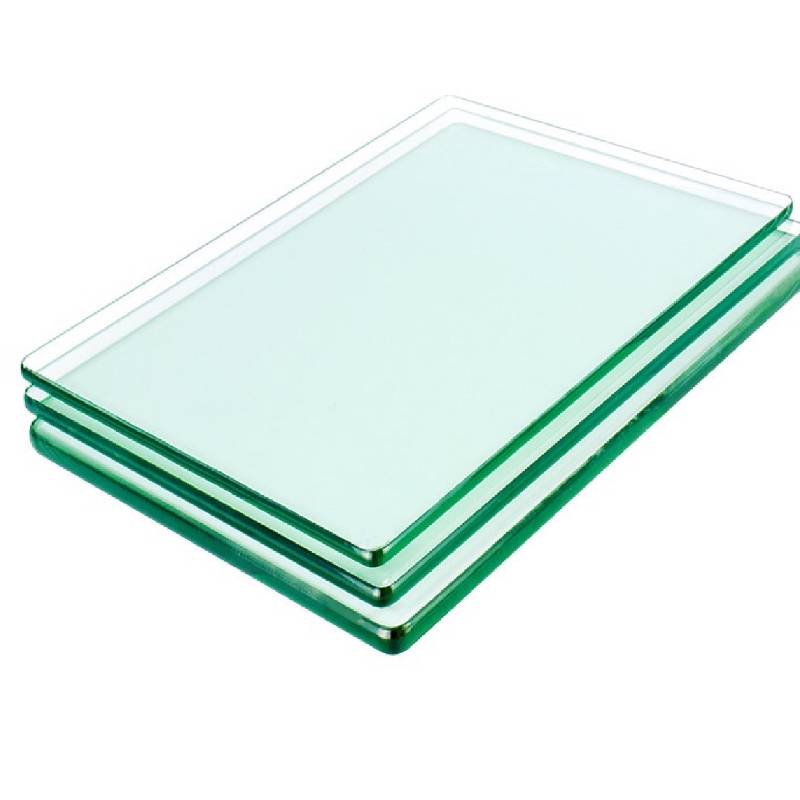The Process of Making Tempered Glass
Tempered glass, known for its strength and safety features, is a popular choice in modern architecture and design. The process of making tempered glass involves several critical steps designed to enhance its durability and resistance to thermal stress. This article will outline the stages involved in producing tempered glass and highlight its benefits.
The first step in manufacturing tempered glass is selecting the raw materials. High-quality float glass is commonly used due to its excellent optical clarity and uniform thickness. The glass is cut into specific sizes according to the intended application, be it for windows, doors, or other architectural installations. Precision in cutting is crucial because the edges of the glass later undergo treatments that affect its overall integrity.
Once the glass panels are cut to size, they are thoroughly cleaned to remove any impurities. This cleaning step is essential because even minute particles can compromise the glass’s strength during the tempering process. After cleaning, the glass panels are inspected for any surface defects, such as scratches or bubbles, which would weaken the final product.
The next phase is the heating process, where the glass is gradually heated to a temperature of around 600 to 700 degrees Celsius (about 1112 to 1292 degrees Fahrenheit). This rapid heating is accomplished using specialized furnaces. The objective is to elevate the temperature uniformly to ensure an even distribution of heat throughout the glass. Uneven heating can lead to weak points, which counteracts the purpose of tempering. This step is crucial as it brings the glass to a state where it can undergo the subsequent quenching process effectively.
process of making tempered glass
Following the heating stage, the glass enters the quenching phase, which involves rapidly cooling the heated glass using high-pressure air. This sudden drop in temperature creates compressive stresses on the surface while allowing the interior to cool more slowly. This process results in tempered glass that is substantially stronger than regular glass. In fact, tempered glass can withstand impacts and thermal fluctuations much better than its non-tempered counterpart.
Once the quenching is complete, the tempered glass is allowed to stabilize at room temperature. After stabilization, the final quality checks are performed to ensure the glass meets the required safety and quality standards. This includes checking for strength, optical clarity, and thermal resistance. Only after passing these inspections can the glass be ready for shipment and installation.
The benefits of tempered glass are numerous. First and foremost, its strength makes it suitable for applications where safety is paramount, such as in shower doors, glass doors, and facades. In the event of breakage, tempered glass shatters into small, blunt pieces instead of sharp shards, reducing the risk of injury. Additionally, tempered glass is highly resistant to thermal stresses, which makes it ideal for environments with significant temperature variations.
In conclusion, the process of making tempered glass is a meticulous series of steps that transform raw glass into a robust, safe, and functional material. Through careful selection, heating, and quenching, manufacturers create glass that meets the demands of modern construction and design, ensuring both aesthetic appeal and safety for users.
 Afrikaans
Afrikaans  Albanian
Albanian  Amharic
Amharic  Arabic
Arabic  Armenian
Armenian  Azerbaijani
Azerbaijani  Basque
Basque  Belarusian
Belarusian  Bengali
Bengali  Bosnian
Bosnian  Bulgarian
Bulgarian  Catalan
Catalan  Cebuano
Cebuano  Corsican
Corsican  Croatian
Croatian  Czech
Czech  Danish
Danish  Dutch
Dutch  English
English  Esperanto
Esperanto  Estonian
Estonian  Finnish
Finnish  French
French  Frisian
Frisian  Galician
Galician  Georgian
Georgian  German
German  Greek
Greek  Gujarati
Gujarati  Haitian Creole
Haitian Creole  hausa
hausa  hawaiian
hawaiian  Hebrew
Hebrew  Hindi
Hindi  Miao
Miao  Hungarian
Hungarian  Icelandic
Icelandic  igbo
igbo  Indonesian
Indonesian  irish
irish  Italian
Italian  Japanese
Japanese  Javanese
Javanese  Kannada
Kannada  kazakh
kazakh  Khmer
Khmer  Rwandese
Rwandese  Korean
Korean  Kurdish
Kurdish  Kyrgyz
Kyrgyz  Lao
Lao  Latin
Latin  Latvian
Latvian  Lithuanian
Lithuanian  Luxembourgish
Luxembourgish  Macedonian
Macedonian  Malgashi
Malgashi  Malay
Malay  Malayalam
Malayalam  Maltese
Maltese  Maori
Maori  Marathi
Marathi  Mongolian
Mongolian  Myanmar
Myanmar  Nepali
Nepali  Norwegian
Norwegian  Norwegian
Norwegian  Occitan
Occitan  Pashto
Pashto  Persian
Persian  Polish
Polish  Portuguese
Portuguese  Punjabi
Punjabi  Romanian
Romanian  Russian
Russian  Samoan
Samoan  Scottish Gaelic
Scottish Gaelic  Serbian
Serbian  Sesotho
Sesotho  Shona
Shona  Sindhi
Sindhi  Sinhala
Sinhala  Slovak
Slovak  Slovenian
Slovenian  Somali
Somali  Spanish
Spanish  Sundanese
Sundanese  Swahili
Swahili  Swedish
Swedish  Tagalog
Tagalog  Tajik
Tajik  Tamil
Tamil  Tatar
Tatar  Telugu
Telugu  Thai
Thai  Turkish
Turkish  Turkmen
Turkmen  Ukrainian
Ukrainian  Urdu
Urdu  Uighur
Uighur  Uzbek
Uzbek  Vietnamese
Vietnamese  Welsh
Welsh  Bantu
Bantu  Yiddish
Yiddish  Yoruba
Yoruba  Zulu
Zulu 

